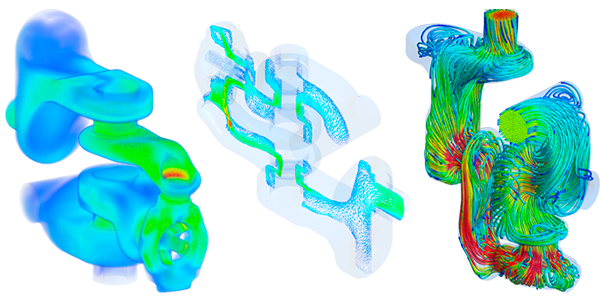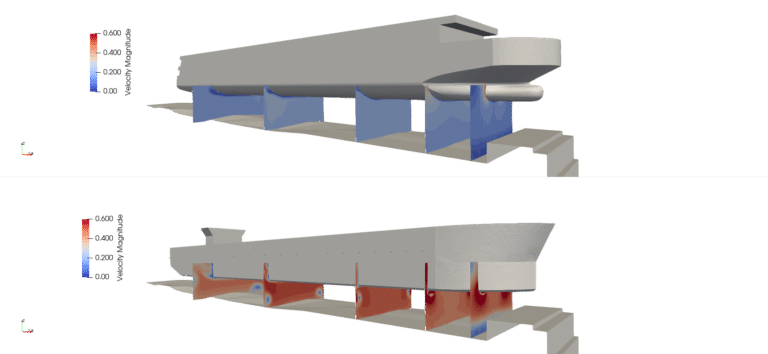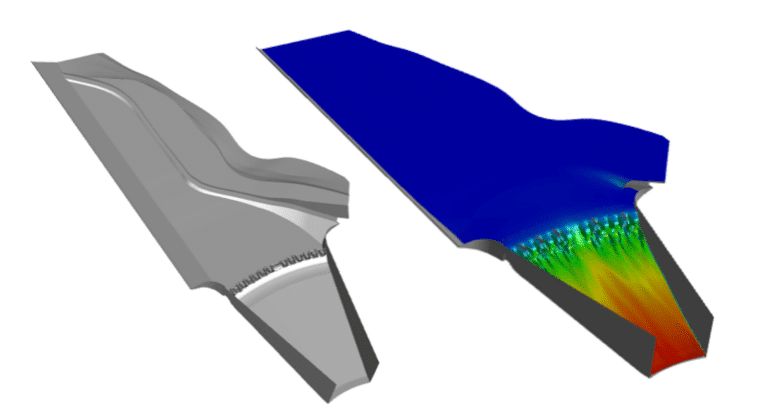Context
While it’s easy to predict the head losses of a pipe or a simple singularity using a one-dimensional model, it’s much more complicated to accurately estimate the hydraulic behavior of a more complex system.
For example, many hydraulic networks are made up of several branches, complex geometrical singularities or successions of simple singularities in which the flow is not established. In such cases, analytical formulas and abacuses are no longer valid or do not exist, and CFD simulation enables precise characterization of the network’s flow/head loss relationships and singularity, as well as correct calculation of flow distribution in the network’s various branches.




